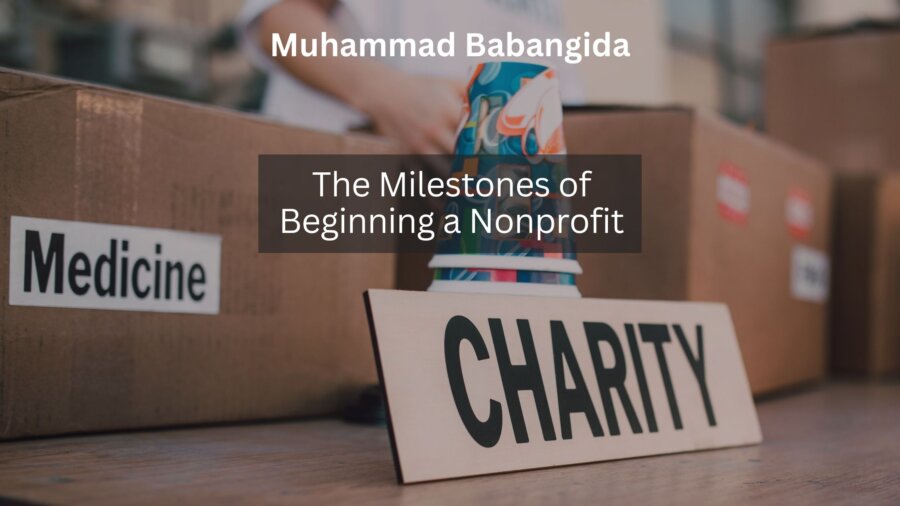Measuring a charity’s social impact is crucial for understanding the effectiveness of its programs and initiatives, assessing its contribution to addressing social issues, and demonstrating accountability to stakeholders. While measuring social impact can be complex and challenging, ensuring that resources are used efficiently and effectively to achieve meaningful outcomes is essential.
Here are some key considerations and strategies for measuring your charity’s social impact:
Define Clear Objectives and Outcomes:
The first step in measuring social impact is to define clear objectives and outcomes that align with the charity’s mission and goals. This involves identifying the intended social change or improvement that the charity seeks to achieve through its programs and initiatives.
Develop a Theory of Change:
A theory of change is a framework that outlines the causal pathways through which a charity’s activities are expected to lead to desired outcomes. Developing a theory of change involves identifying the inputs (resources), activities, outputs (products or services), outcomes (short-term and intermediate changes), and impacts (long-term changes) of the charity’s programs and initiatives.
Select Appropriate Metrics and Indicators:
Once objectives and outcomes are defined, the next step is to select appropriate metrics and indicators for measuring social impact. Metrics should be relevant to the charity’s goals, meaningful to stakeholders, and feasible to measure with available resources. Indicators should be quantitative and qualitative, capturing the outputs (e.g., number of beneficiaries served) and outcomes (e.g., improvements in well-being) of the charity’s programs and initiatives.
Collect Data and Evidence:
Collecting data and evidence is essential for measuring social impact accurately and reliably. This may involve collecting data through surveys, interviews, focus groups, case studies, and program evaluations. It is essential to use a mix of quantitative and qualitative methods to capture both the numbers and the stories behind the impact. Data collection should be systematic, rigorous, and ethical, ensuring confidentiality and privacy for participants and adhering to relevant data protection regulations.
Analyze and Interpret Results:
Once data is collected, it needs to be analyzed and interpreted to assess the charity’s social impact. This involves analyzing quantitative data using statistical methods and qualitative data using thematic analysis or other qualitative techniques. The results should be interpreted in the context of the charity’s objectives and theory of change, considering factors such as external influences, unintended consequences, and the perspectives of stakeholders.
Use Results to Inform Decision-Making and Learning:
Finally, the results of measuring social impact should inform decision-making and learning within the charity. This may involve using data to refine programs and initiatives, allocate resources more effectively, and improve organizational practices and processes.
Measuring a charity’s social impact is essential for understanding its effectiveness, assessing its contribution to addressing social issues, and demonstrating stakeholder accountability. By defining clear objectives and outcomes, developing a theory of change, selecting appropriate metrics and indicators, collecting data and evidence, analyzing and interpreting results, and using results to inform decision-making and learning, charities can effectively measure and evaluate their social impact and maximize their positive contributions to society.




